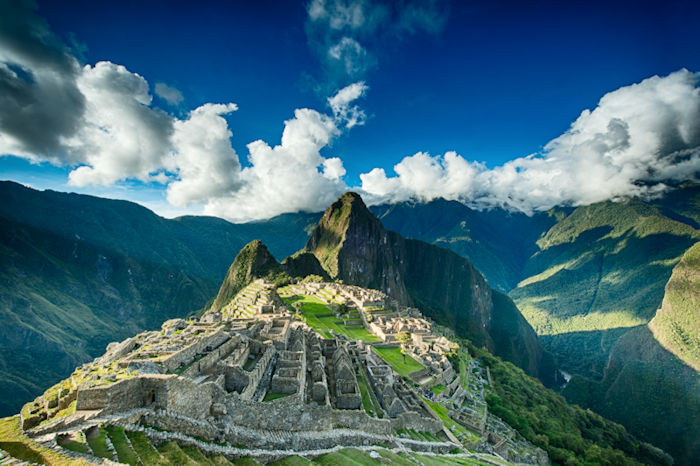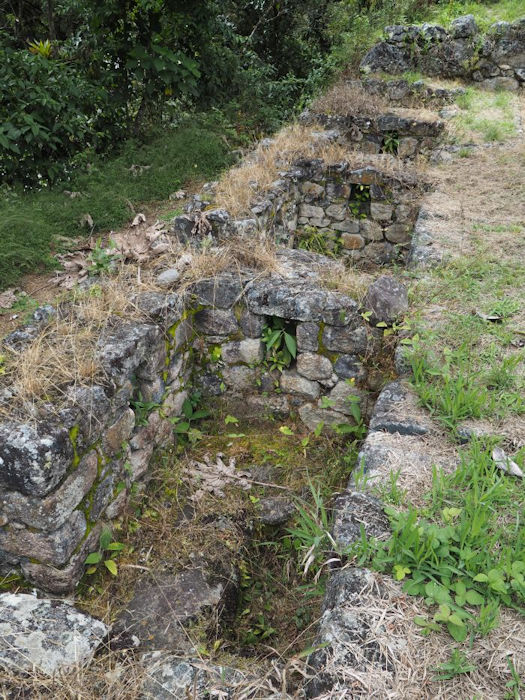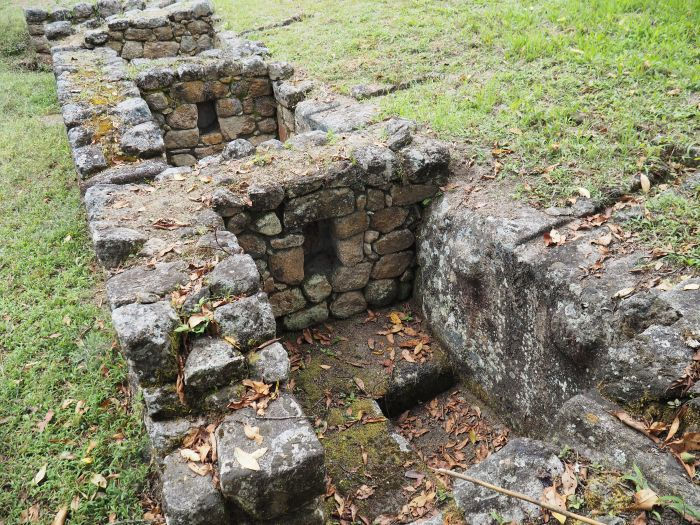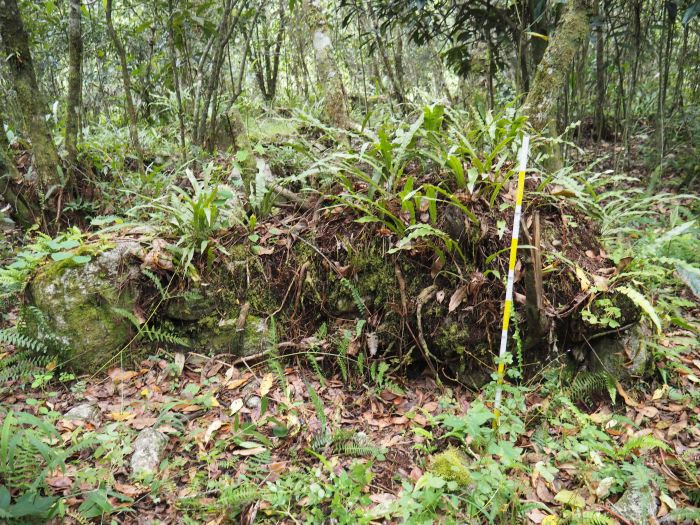Conny Waters – AncientPages.com – Beautiful Machu Picchu has not given up all its ancient secrets, at least not yet. There is still much to learn about this ancient site, but scientists must rely on sophisticated technology to discover structures hidden in areas covered by tropical forests.

Machu Picchu beautiful panorama overview above the world heritage site. Credit: Adobe Stock – 3532studio
LIDAR technology has been successful once again. Lidar, or Light Detection and Ranging, is a remote sensing method used to examine the surface of the Earth and has been lately helpful to archaeologists to study areas that were once too dangerous or inaccessible. Archaeologists have in recent years discovered many fascinating ancient structures with help of LIDAR. As recently reported, satellite images have revealed a hidden Inca water system beneath the Machu Picchu Jungle.
A while back, AncientPages.com reported scientists were examining a unique Chachabamba complex hidden in the Peruvian forest.
These Inca ruins, located not far from Machu Picchu Park consist of buildings and altars that indicate the place was once an important religious site.
At the site, Polish scientists discovered a large boulder with carved altars, stairs, and possibly a groove.

Credit: Dominika Sieczkowska
Chachabamba was used from the beginning of the century and the surroundings fountains contain the importance of water flow in Inca beliefs.
Investigation of this region has continued and now researchers decided to use a drone with a laser scanning device (LiDAR) attached to examine the area in more detail. The study was carried out by a team led by Dr. Bartłomiej Ćmielewski from the 3D Scanning and Modeling Laboratory – LabScan 3D at the Faculty of Architecture, Wrocław University of Science and Technology.
The drone enabled them “to detect a number of unknown structures at the site,” Dominika Sieczkowska from the Center for Andean Studies of the University of Warsaw, and leader of the National Science Centre project designed to study the water system in Chachabamba said.
As reported by Science in Poland, “the central part of the ceremonial complex was a large stone with carved altars, stairs and a channel for sacrificial liquids, possibly beverages or animal blood. In front of the boulder was a small square with buildings on both sides, surrounded by a dozen of small ritual baths archaeologists refer to as fountains. They were reservoirs into which water ran down the walls. They were used for ritual ablution.

Credit: Dominika Sieczkowska
During the latest research with laser scanning, the researchers also discovered previously unknown parts of the channels that supplied water from the nearby river. Water was supplied to the ceremonial complex in Chachabamba by a system made of stone blocks that run partially underground. After pᴀssing through the ceremonial center, water would flow through a similar drainage system into the river in the valley.
The buildings identified by the researchers were located on the outskirts of the ceremonial complex.
“We have a dozen or so small structures erected on the plan of a rectangle and a circle. We believe that they were staff residences,” Sieczkowska explained.
Examination of the drone images showed that these buildings were built with far less care than the structures in the central part of the site.
“According to Sieczkowska, there are indications suggesting that it was mainly women that took care of the complex. They include the items discovered during previous excavations conducted in the area by the Polish-Peruvian team. They are ᴀssociated with weaving, a craft of women in the Inca state.

Credit: Dominika Sieczkowska
The researchers used data from laser scanning to prepare a hydrodynamic model of channels that supplied water to the fountains. This means that taking into account the slope and the depth of the channels, the researchers virtually ‘poured’ water into the channels and reconstructed its flow, ” Science in Poland reports.
See also: Ancient City Machu Picchu Was Originally Called Huayna Picchu By The Incas – Study Of The Name Reveals
“We were able to determine that channels supplied water not for utility purposes, it had a symbolic meaning, because the channels would not be able to supply large volume, they were not deep and would overflow. This confirms our hypothesis that water had a ritual role in Chachabamba,” Sieczkowska said.
See also: More Archaeology News
She added that in other places similar analyses were usually carried out in a practical way, by clearing the channels and pouring water into them.
According to the researcher, the hydrodynamic model can be successfully used in other Andean sites, and with small parameter changes probably also in other parts of the world.
The study was published in the Journal of Archeological Science.
Written by Conny Waters – AncientPages.com Staff Writer





